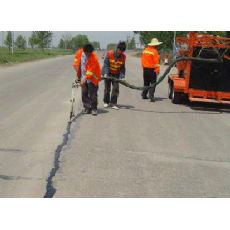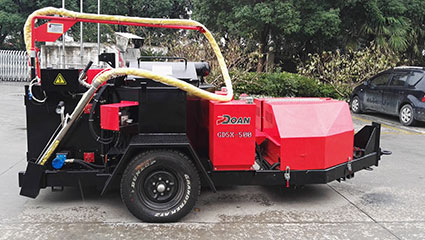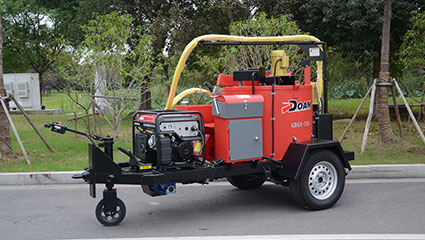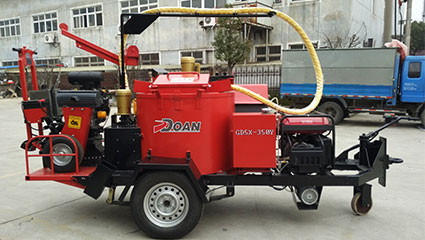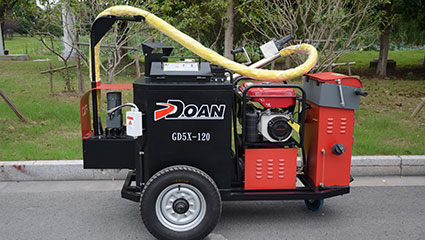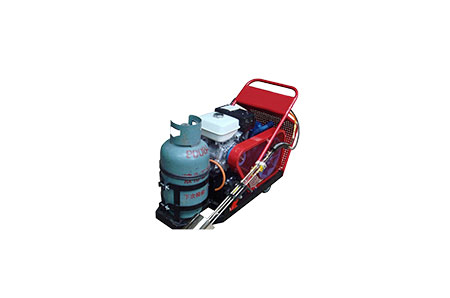Pavement crack sealing in the winter is not entirely impossible in southern climates, but it is a lot more challenging than doing it during any other seasons of the year. Humidity levels, low temperatures, and short daytime can all present their own unique challenges when it comes to getting the job done right.
Humidity
Before starting any asphalt crack sealing job at any time of the year, it is important to check the humidity levels in the air and make sure that the humidity levels in the air are not too high. Higher humidity levels generally mean there is more moisture in the air, which could lengthen the pavement crack sealing drying time, causing browning or tracking of the new sealcoat surface. This will inevitably interfere with the integrity of the coating and it will not set properly, which will result in reduced durability of the crack sealing.
Temperature
It is hard to determine the overall best temperature for driveway sealing because the climate varies from one region to another. Generally speaking, though, winter is not an ideal time to commence a driveway sealing job because of the cold weather and precipitation. However, if you are going to seal your driveway in the winter anyway, you need to make sure that the driveway sealing temperature is at an optimal level. Local sealcoating companies will each have their own recommendations of what the optimal temperature is for sealcoating a driveway in their region; the asphalt itself should stand around 10 degrees Celsius (50 degrees Fahrenheit) when the sealcoat is applied. During the drying period, the asphalt should either remain at that temperature or go higher so that the crack sealing can dry and cure successfully.

